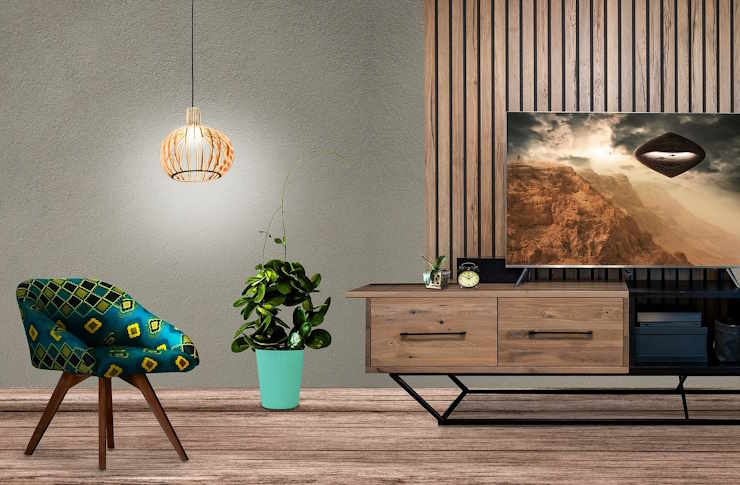"Transforming Spaces: The Art of Layering in Interior Design"
There's more to designing an inviting room than merely arranging furniture and hanging art. The magic lies in the nuanced and often overlooked art of layering. Layering in interior design refers to the strategic placement of textures, patterns, and colors to create depth, interest, and personality. This article will delve into the history, current trends, and practical benefits of mastering the art of layering in interior design.

The Historical Tapestry of Layering
Layering has been a fundamental aspect of interior design for centuries. The lavish estates of the European aristocracy, for instance, incorporated elaborate tapestries, handcrafted furniture, and ornate decor—each layer adding to the visual drama. Over time, the concept of layering evolved, reflecting cultural shifts, technological advancements, and changing aesthetic preferences. Today, it’s a dynamic design approach that balances heritage and modernity, personal style, and universal appeal.
Current Trends in Layering: A Modern Twist
Today’s interior designers are breathing new life into the art of layering with a keen eye for blending the old and the new. The use of vintage rugs over modern tiles, or antique furniture against minimalist walls, creates a richly textured and visually engaging space. Layering lighting, from ceiling fixtures to floor lamps and candles, adds warmth and depth. In essence, modern layering is about creating a sense of harmony amidst diversity, where every piece tells a story and contributes to the overall ambiance.
Practicality and Market Trends: Layering for Daily Living
Layering isn’t just about aesthetics—it has practical benefits as well. It allows for flexibility in design, where elements can be added or removed depending on the season, mood, or current trends. In the market, there’s a growing demand for layered designs, with customers seeking unique, personalized spaces that truly feel like home. As a result, retailers are increasingly offering a wide range of textures, patterns, and styles to cater to this trend.
Layering as a Lifestyle: Enhancing Daily Living
Layering transforms a house into a home. It allows for personal expression, as every layer can represent a memory, a hobby, a dream, or a part of one’s identity. It encourages active engagement with the living space, as the process of layering is often a journey of discovery, experimentation, and personal growth. Ultimately, it enhances daily living by creating a space that is not just visually appealing, but also emotionally resonant.
In The Layered Approach
The art of layering in interior design is more than just a design trend—it’s a way of life. It’s about making a space feel alive, personal, and dynamic. Whether it’s a bold patterned rug against a polished wooden floor or a vintage lamp on a sleek modern table, the layers in a room tell a story. And as interior designers and home enthusiasts alike are discovering, it’s a story that can be as captivating, engaging, and unique as the people living in it.
So, as you look around your home, think about the layers you see and the ones you can add. Because every layer is a new opportunity to transform your space into an embodiment of your unique style and personality.




